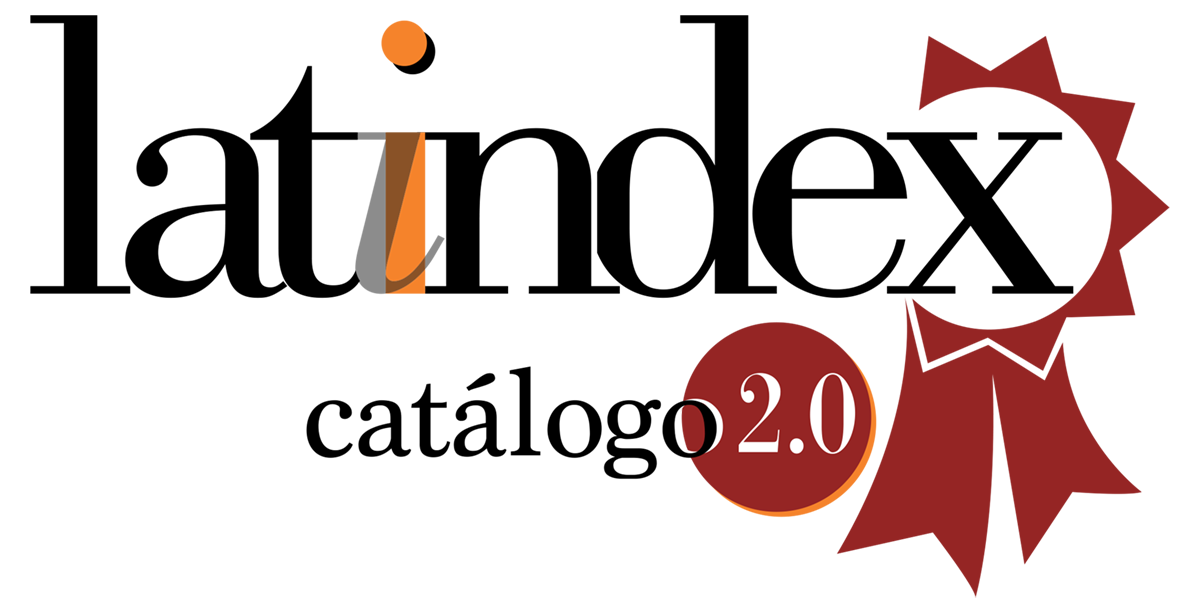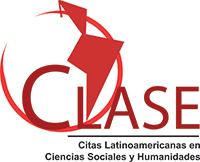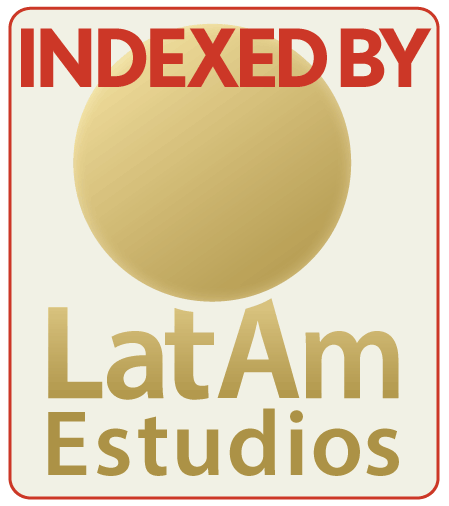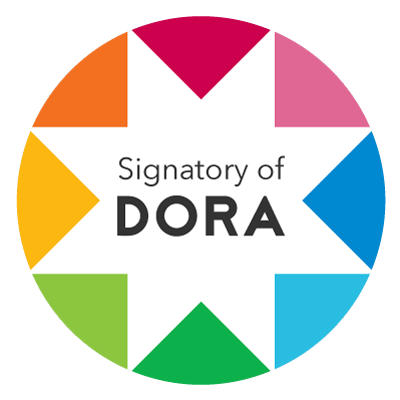Technological convergence, media concentration and plurality
DOI:
https://doi.org/10.24215/23139048e025Keywords:
Technological convergence, Media concentration, PluralityAbstract
This article proposes, as a general objective, an approach to the complex link between technology and media, based on the articulation of some classical Social Sciences concepts. Specifically, the text analyze the diferents ways of production, operation and performance of the medias from a critical perspective, using contributions from sociology, semiotics and communication. The work is divided in three parts. The first one analyzes schematically the material domain that technological media exerts on the media production process. The second section analyzes the process of technological convergence and some results of the strong concentration of medias in Argentina. And, the last one, analyzes the mechanisms of productive control, internalization and conformity generated by the medias; referred to the potencials effects that technology parameters cause on our percepctions and narratives.
Downloads
References
Althusser, L. (1999). La filosofía como arma de la revolución. Ciudad de México, México: Siglo XXI.
Aronson, E. (2000). El animal social. Madrid, España: Alianza.
Bernays, E. (1995). Cristalizando la opinión pública. Barcelona, España: Gestión.
Brown, J. A. C. (1991). Técnicas de persuasión. Madrid, España: Alianza.
Chomsky, N. (2007). El control de los medios de comunicación. Recuperado de https://www.voltairenet.org/article145977.html
Elías, N. (1994). Conocimiento y poder. Madrid, España: Ediciones de la Piqueta.
Feenberg, A. (2005). Teoría crítica de la tecnología. Revista CTS, 2(5), 109-123.
Freud, S. (2010). La psicología de las masas y análisis del yo. Barcelona, España: Alianza.
Foucault, M. (2014). Vigilar y Castigar. Nacimiento de la prisión. Ciudad Autónoma de Buenos Aires, Argentina: Siglo XXI.
González Casanova, P. (2004). Las nuevas ciencias y las humanidades. De la academia a la política. Barcelona, España: Anthropos.
Jenkins, H. (2008). Convergence culture. La cultura de la convergencia de los medios de comunicación. Barcelona, España: Paidós.
Lacan, J. (2013). Escritos 1. Barcelona, España: Biblioteca Nueva.
Lacunza, S. (2016) Pensar el periodismo. La crisis de la profesión y los medios analizada desde las redacciones. Ciudad Autónoma de Buenos Aires, Argentina: Ediciones B.
Marcuse, H. (1998). Technology, War and Fascism. Canada: Routledge.
Marx, C. (1969). El Capital. Ciudad de México, México: Siglo XXI.
Mastrini, G.; Becerra, M. (2006). Globalización, mercado e industrias culturales: ¿resistencia o simulacro? Trabajo presentado en el XII Encuentro Latinoamericano de Facultades de Comunicación Social. PUJ-Bogotá.
McChesney, R. W.; Nichols, J. (2002). Our Media, Not Theirs: the Democratic Struggle Against Corporate Media. New York, United States: Seven Stories.
McLuhan, M. (1964). El medio es el mensaje. Reino Unido: Penguin Books.
Ponza, P. (2018). Tesis, antítesis y opuestos complementarios en la prensa gráfica argentina. Las formaciones discursivas de La Nación y Página 12 frente a las políticas kirchneristas. Revista E-Latina. Revista de Estudios Latinoamericanos, 17(65), 62-81. https://publicaciones.sociales.uba.ar/index.php/elatina/article/view/3073/pdf_117
Sosa Plata, G. (2016). Concentración de medios de comunicación, poder y nuevas legislaciones en América Latina. El Cotidiano, (195), 17-30. Recuperado de http://www.redalyc.org/articulo.oa?id=32543454003
Tilly, C. (2005). Los movimientos sociales entran en el siglo veintiuno. Política y Sociedad, 42(2), 11-35.
Tofler, A. (1979). La Tercera Ola. Maryland, Estados Unidos: Bantam Books.
Van Dijk, T. (2012). Discurso y contexto. Una aproximación cognitiva. Barcelona, España: Gedisa.
Published
How to Cite
Issue
Section
License
Copyright (c) 2019 Pablo Ponza

This work is licensed under a Creative Commons Attribution-NonCommercial-ShareAlike 4.0 International License.
The acceptance of an original by the journal implies the non-exclusive transfer of the economic rights of the authors in favor of the editor, who allows reuse, after editing (postprint), under a Creative Commons Attribution License -NonCommercial-ShareAlike 4.0 International (CC BY-NC-SA 4.0)
In accordance with these terms, the material can be shared (copied and redistributed in any medium or format) and adapted (remixed, transformed and created from the material another work), provided that a) the authorship and original source of its publication (magazine and URL of the work), b) is not used for commercial purposes and c) the same license terms are maintained.
The transfer of non-exclusive rights implies that after its publication (postprint) in Cuadernos de H ideas the authors can publish their work in any language, medium and format; in such cases, it is requested that it be stated that the material was originally published in this journal.
Such assignment also implies the authorization of the authors for the work to be harvested by SEDICI, the institutional repository of the National University of La Plata, and be disseminated in the databases that the editorial team considers appropriate for increase the visibility of the publication and its authors.
Likewise, the journal encourages the authors so that after their publication in Cuadernos de H ideas they deposit their productions in other institutional and thematic repositories, under the principle that offering society scientific and academic production without restrictions contributes to a greater exchange of global knowledge.










.png)

























